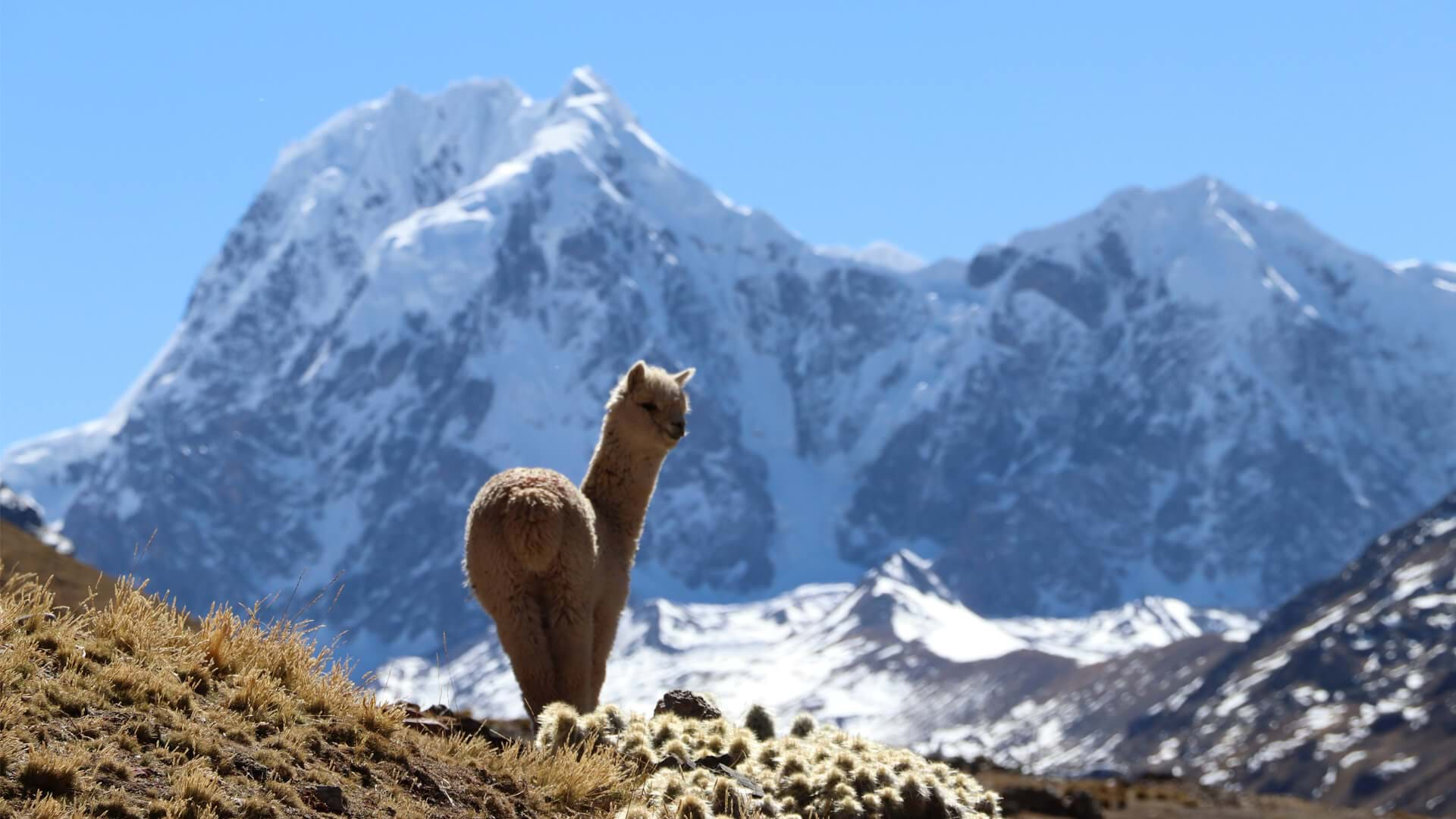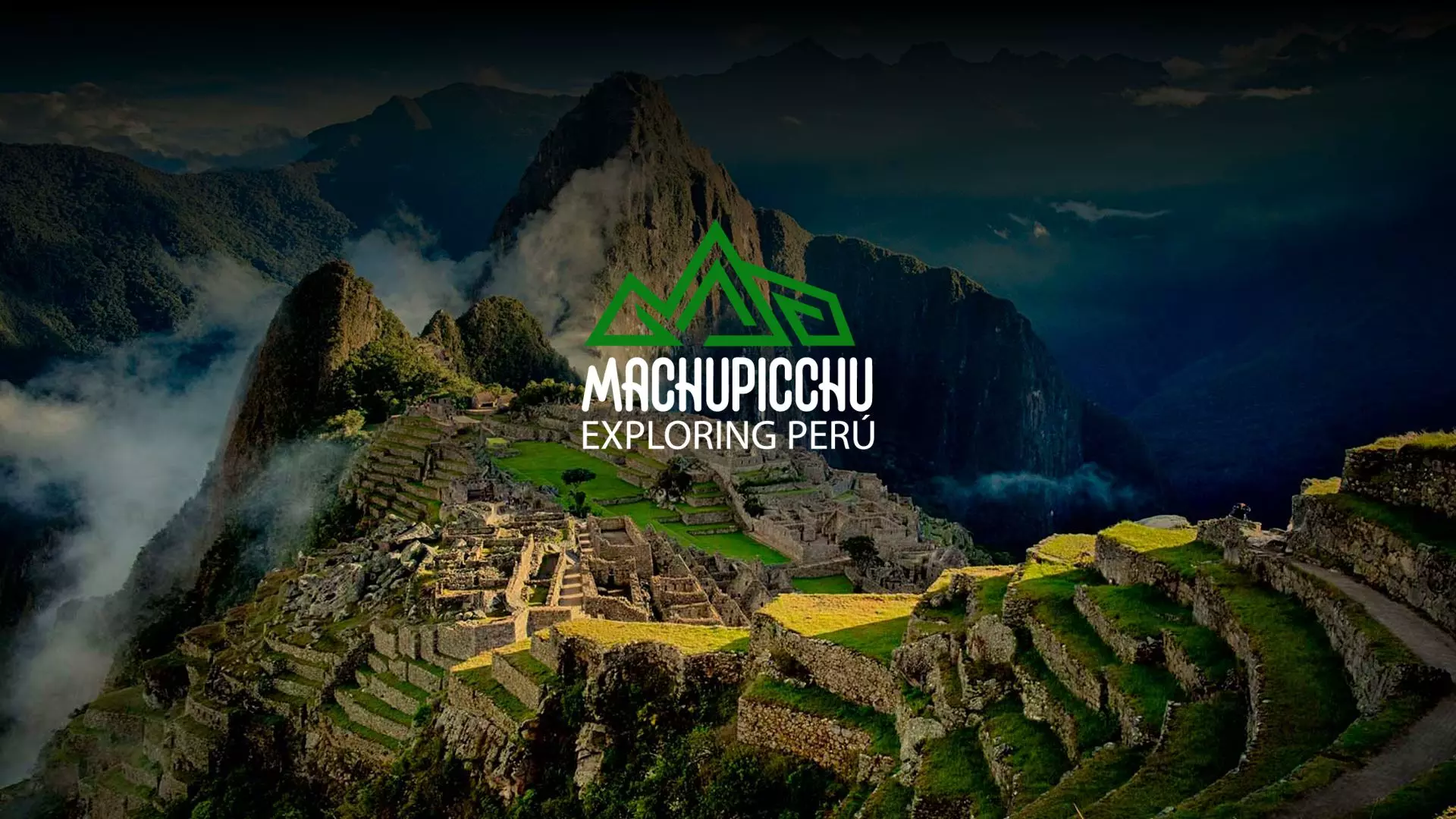Menu

4 Days / 3 Nights
50 miles
Moderate
3900 – 5200 msnm
Ausangate Trek
Up to 8 people
The Ausangate (6398m/20991f) is considered to be one of the most beautiful snow-capped mountains of the Andes. The region around the mountain offers impressive scenery of mountains, glaciers, lagoons and streams. Furthermore, the Andean people are very hospitable and preserve the respect for nature. The farmers have excellent knowledge in the raising of cattle such as the vicuña, the alpaca and the lama, which are all appreciated for their fine quality of wool and meat. The four hours drive from Cusco to Tinqui is an excellent preparation for the differences in temperature and altitude.
Altitude: 3900 – 5200 m. / 12795 – 17060 f.
High season: May – November
Level of difficulty: Moderate / Challenge
Meet & greet with other guests where you receive important information for a great trekking experience.
Our journey starts early in the morning by heading towards Mallma (3900/12795f), a town situated southeast of Cusco, where we will meet the rest of the team. During our bus ride, we will pass several little Andean farms and will enjoy the nice view. In Mallma we will start hiking for approximately two hours towards our camping site at the shore of the Singrena cocha lagoon (4200m/13780f).
Transport time: 5 hours
Walking time: 2 hours
The sunrise over the Cordillera Vilcanota is spectacular and offers a beautiful view of the glaciers and the lagoons around us. Although we are high up in the Andes, the region offers a great variety of flowers and plants, such as the Andean Cactus. Furthermore, this area is the home of the camelid, the chinchillin, the condor and the puma. After having passed the Tarapata Pass (4600m/15092f) we will descend to the Añasñiyucpampa Valley (4200m/13780f), our camping place.
Hiking time: 7 hours
The day starts with a walk towards the Pupusayoc Pass (4900m/16076f), from where we will have an impressive view of several mountains, such as the Callangati and the Ausangate. Thereafter, we will descend to our camping site in the community of Pacchanta (4300m/14108f). In the afternoon we will relax in the hot springs and at night we will have a typical dinner of the region called Pachamanca.
Hiking time: 6 hours
After breakfast, we will head for the manor of Tinqui (3850m/12631f). From here, we will take the bus back to Cusco.
Hiking time: 3 hours
Transport time: 5 hours
IMPORTANT NOTE :
Appropriate clothing along this hike
Hiking pants and T-shirts are recommended during the day, complemented by sweaters, fleeces and waterproof jackets. It is very convenient to have light raingear available in the daypack (rain poncho or jacket and/or rain pants) as the weather changes easily and rains can suddenly occur. At night, warm clothing is required, down jackets can be useful, otherwise a fleece and a jacket. During the fourth day (if sunny) and in Machupicchu, convertible hiking pants are useful, as can be switched into shorts if necessary. Machupicchu has a warm climate, getting only cold at night. The rest of necessary implements are included in the “What we recommend that you bring” list.
DISCOUNTS:
Ausangate Trek F.A.Qs.:
An amazing and less-known trek surrounding the snow-capped Sacred Mountain (“Apu”) of Ausangate (6.372m/20900ft) that takes you over mountain passes, awesome mountain scenery, remote Andean villages, hot springs and turquoise lakes. This is an unforgettable hike recommended for lovers of mountain trekking searching for an intense experience in remote areas and wild nature.
Ausangate (or Auzangate) is recommended only for confident, self-sufficient hikers experienced at high altitude. If you tolerate cold & altitude symptoms, the trails themselves are little trouble. Some route finding is necessary. Trekking guidebook essential.
Pre Trek Briefing
We offer you a briefing prior to departure eg 1 – 2 days before you leave on your trek. (2 days is preferred) Depending on your schedule a suitable time is usually around 6pm -8 pm. (The briefing should last ½ an hour to an hour- depending on how many questions you ask!) At this briefing the guide (or a representative of the agency if your guide is on a trip) will explain the route you will take on your trek and you have a chance to ask last minute questions about the trek. The advantage of having the briefing two days before the trek is that it gives you a last minute opportunity to buy snacks or warm clothes (there are plenty of hats, gloves and scarves for sale in Cusco). Your final payment to our Administrator is also usually done at the pre-trek briefing. Your pre-trek briefing will be organised once you have paid your deposit. Please advise us if your briefing time (advised in your trek confirmation) is suitable.
What about trip leaders and tour guides?
Our experienced local bilingual trip leaders/guides are the key to making each trip a unique adventure and we provide the very best. They have in-depth knowledge of the language, customs, culture and history. They take great pleasure in sharing their insights and expertise and will make your adventure an unforgettable experience. Leaders are detail oriented, making sure everything runs safely and smoothly.
When should i hike ausangate?
The best time to hike is from May to October in the dray dry season
How difficult is the trekking?
The “Camino del Apu Ausangate” is a somewhat demanding high mountain trek off the beaten path. Therefore you should be in good health and physical condition. The difficulties are mostly related to the altitude, ranging from 13,000 to 16,700 ft / 4,000 to 5,100 m at the highest pass. Be prepared to climb up and down with significant altitude changes during the course of the day.
How many days are needed for acclimatization?
Before you leave for the trek, allow yourself at least 3 to 4 days in higher altitude. Cusco and its surrounding, the Sacred Valley (Urubamba) and Machu Picchu are ideal places for acclimatization. On request we can suggest several alternatives and help you organize a program (please see our “Acclimatization Programs”).
Will altitude affect me?
It’s difficult to predict how altitude will affect you, reactions are very individual and independent of age and physical condition. Above 10,000 ft. / 3,000 m common symptoms are: headache, loss of appetite, dizziness, difficulty sleeping etc. Following simple rules upon arriving in Cusco, 11,100 ft. / 3,400 m, should help reduce initial disturbances (resting, slower walking, light meals, plenty of water, tea, and less alcohol etc.).
Before departing you should research high mountain medicine and maybe buy one of the widely approved products (like “Diamox”). If you have any doubt, please consult a physician.
What are the elevations on the trek?
The highest point of the trip accurs the 3rd day on the Palomachayoc-Pass at approximately 16,700 ft. / 5,100 m. The highest lodge, the Machuracay Tambo, lies at 15700 ft. / 4,800 m.
How long are the daily hiking-distance?
The dayli distances on the trail vary from around 6 to 11 miles / 10 to 16 km per day. Upon arrival from Cusco by bus on the first day, there is a short hike of about 2 miles / 3 km to the Chillca Tambo.
What kind security measures do you take on the trail?
The “Camino del Apu Ausangate” is making great efforts to provide its clients with an unforgettable and safe journey. In our lodges and on the trek, we use radio communication and we always take along oxygen and essential first aid equipment. Besides the horeses, that carry a large part of our gear, groups are also followed by horses, so weary participants can continue the trip on horseback.
Do I have to carry my own luggage?
While on the trail, hikers will need to carry a day pack (camera equipment, water bottle, extra layers, rain gear, and other accessories you might need on the trail.) Horses and llamas will carry your duffle bag to the next lodge.
Are we hiking on an Ancient Hike?
Long before the Incas, the routes around Ausangate and the Cordillera Vilcanota were used by the local folk. Furthermore, in this part of the cordillera the trails are important trading routes between agricultural settlements and shepherding communities. In any case, the “Camino del Apu Ausangate” is definitely not one of the over traveled and over regulated treks in the Cusco area.

© 2023 Machupicchu Exploring Peru. All Rights Reserved Diseñado por WebCodePeru
WhatsApp us